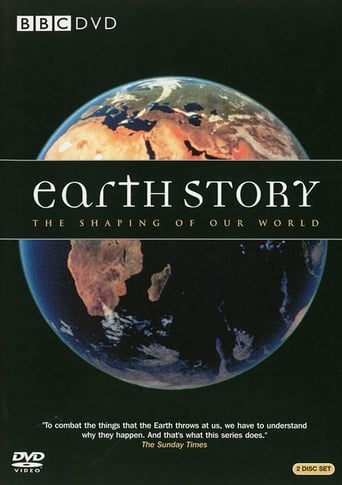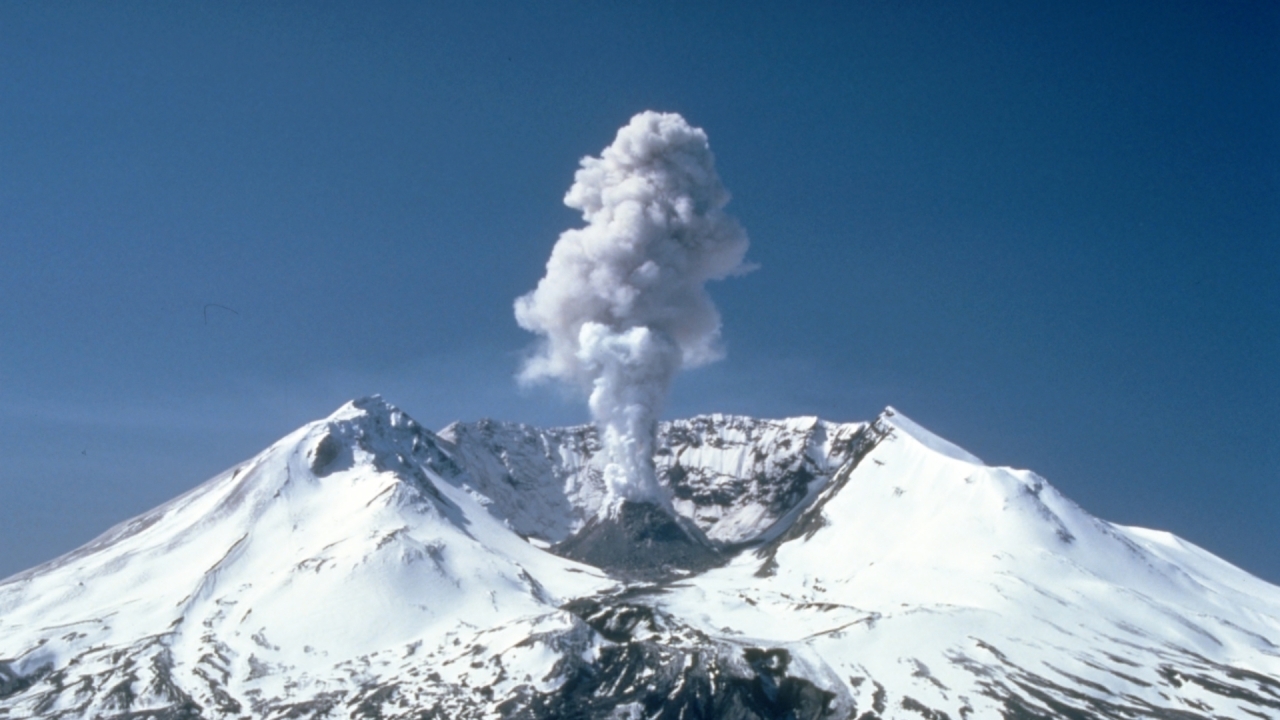

Earth Story is a 1998 BBC documentary series on geology presented by Aubrey Manning.
 AD
AD
All Prime Video
Cancel anytime


Is the Earth unique, and if so, why? To find an answer, scientists have had to explore the Solar System, searching for clues about our planet's birth. Uniquely amongst the terrestrial planets, the Earth has retained liquid water on its surface for over 4 billion years, despite a steady increase in the Sun's heat output.This water has had a profound influence on the planet's geological activity, as well as being a breeding ground for life. But living organisms may have played a crucial role in ensuring that liquid water exists on Earth, linking the planet's geology and biology tightly together.

Over the past 4 billion years, life has evolved from simple single-celled organisms into the tremendous variety of plants and animals that exist today. As scientists learn more about the Earth's history, they are realizing that the forces which have shaped the planet have also had a profound effect on the course of evolution. The movement of the tectonic plates has rearranged the continents, providing ever-changing conditions for living organisms, stimulating the evolution of new life-forms. Violent volcanic eruptions, meteorite impacts and drastic climatic changes have triggered mass extinctions, causing setbacks to life on Earth. But the same events have provided new opportunities for the survivors.

In the nineteenth century geologists discovered evidence that large parts of the northern hemisphere had once been covered by gigantic ice sheets. Scientists have now learnt that the waxing and waning of these ice sheets are just one aspect of global climatic change, and that the planet has been in the past both hotter and colder than it is today.The complex interactions between variations in the Earth's orbit around the Sun, the movements of tectonic plates, the planet's atmosphere and ocean currents, can result in large and rapid swings in the Earth's climate

Most of the dry land on Earth sits no more than a few hundred metres above sea level. But in some places mountain belts rise to heights of several kilometres.These regions are often prone to devastating earth tremors. How are mountains formed and what is the connection with earthquakes? The answer may lie in the fluid-like properties of the Earth's outer layers. According to a new theory, mountains may flow up or down when continents collide. In the process they affect the circulation of the planet's atmosphere and change the climate.

What drives the tectonic plates as they glide over the Earth's surface? Searching for an answer, scientists have probed our planet to its core. In this realm of unimaginably high temperatures and pressures, matter takes on new forms, and solid rock can behave like a fluid. As vast masses of rock flow slowly within the Earth, so the surface moves and changes. Gigantic plumes of hot material can well up from the depths, triggering huge volcanic eruptions and causing the crust to bulge and break. The result may be the splitting of a continent and the creation of a new ocean basin.

The Pacific Ocean is rimmed by a chain of active volcanoes, arranged in a series of graceful arcs and extending 30,000 kilometres from New Zealand through Fiji, New Guinea, the Philippines, Japan, the Aleutian Islands, and down the west coast of the Americas to Patagonia. This necklace of volcanoes, continually rocked by earthquakes, has been christened the 'Ring of Fire'. Scientists exploring the link between the Pacific Ocean and the earthquakes and volcanoes which surround it have formulated a remarkable theory, plate tectonics, which explains not only how the outer part of the Earth works, but how the continents themselves, and the mineral wealth they contain, were first formed and continue to grow.

A curious feature of our planet's surface is that it has two distinct levels: the dry land on the continents, on average a few hundred metres above sea level, and the ocean floor, making up two-thirds of the Earth's surface, several kilometres below sea level. Only in the past fifty years have scientists begun to explore in detail this vast region, revealing beneath the waves a landscape quite unlike the world we are used to. They have discovered a vast mountain range which encircles the entire globe. Here new sea floor is being continuously formed as the Earth's surface splits apart.

Geologists, who study the Earth, seek to understand the processes that have shaped our planet throughout its history, creating the world we see around us. To do so, they must reconstruct the Earth's past. Yet how can we tell what happened in distant epochs when there were no witnesses to record events? Around 200 years ago scientists first began to realize that clues to the past lay all around them, in the rocks that make up the Earth's surface. as they learnt how to read these rocks, they began a journey back through time which geologists continue to this day.
Earth Story is a 1998 BBC documentary series on geology presented by Aubrey Manning.
The tv show is currently not available onine